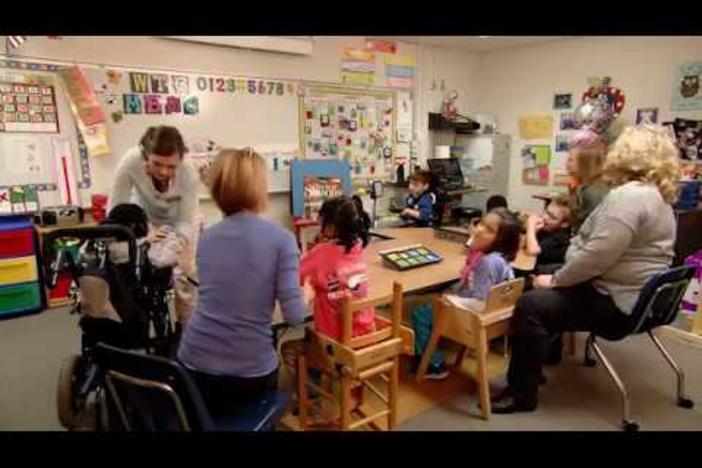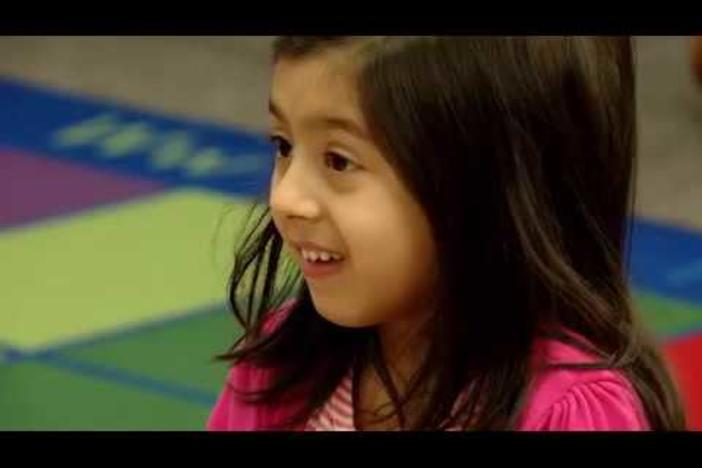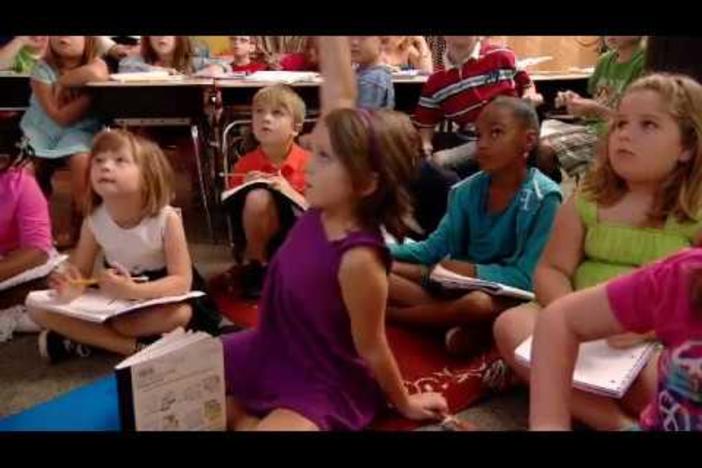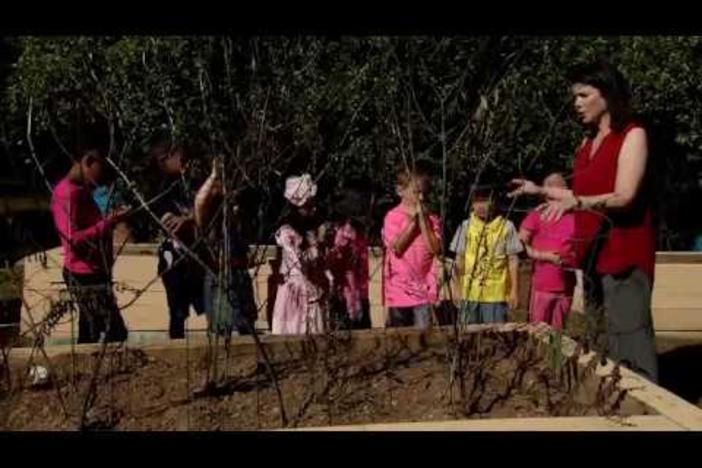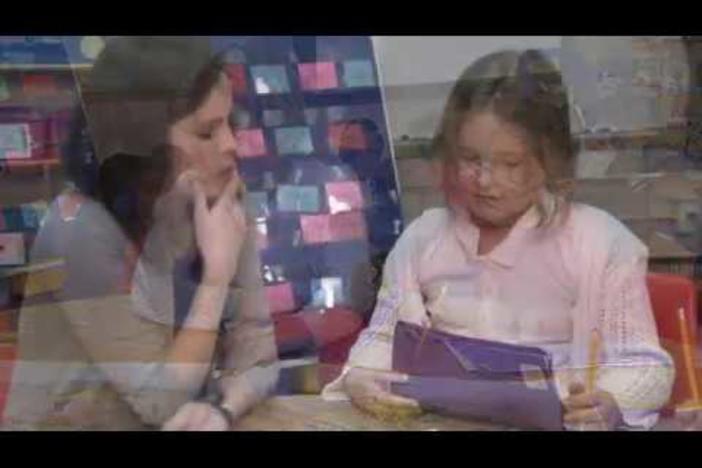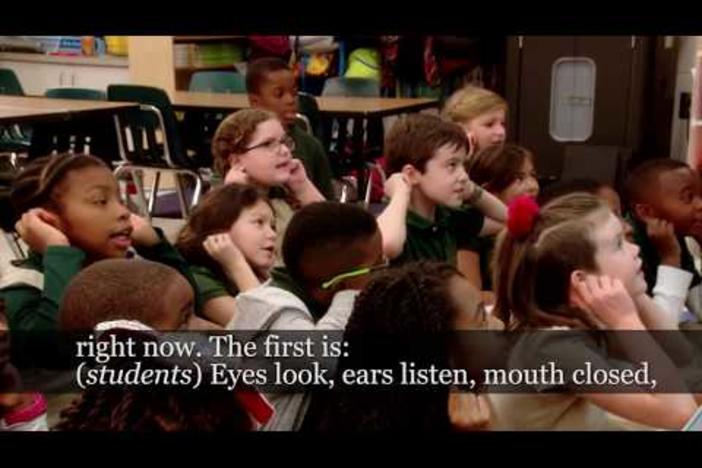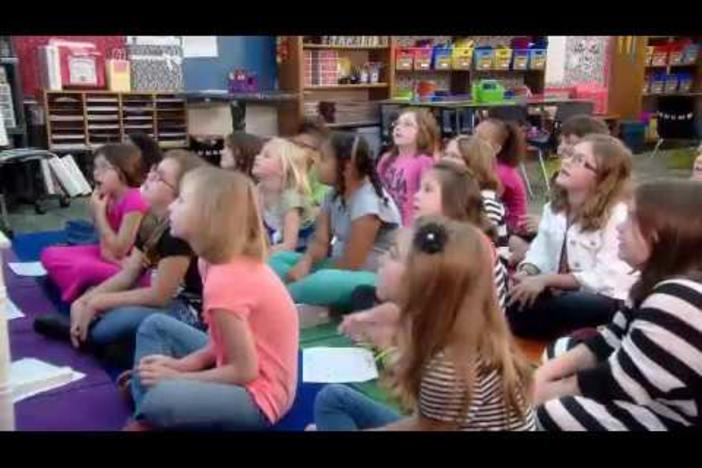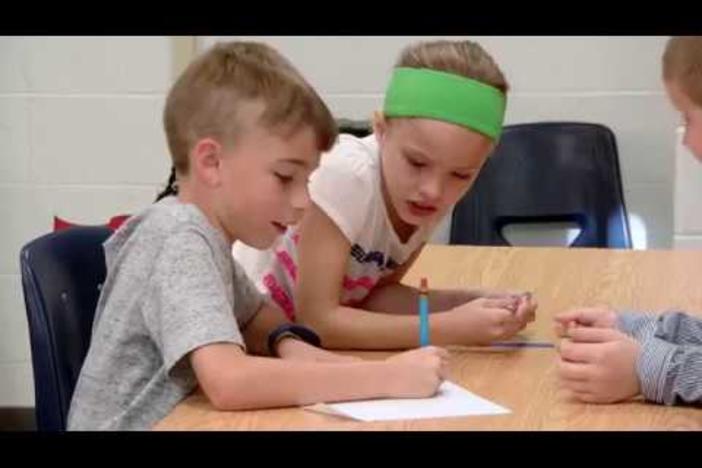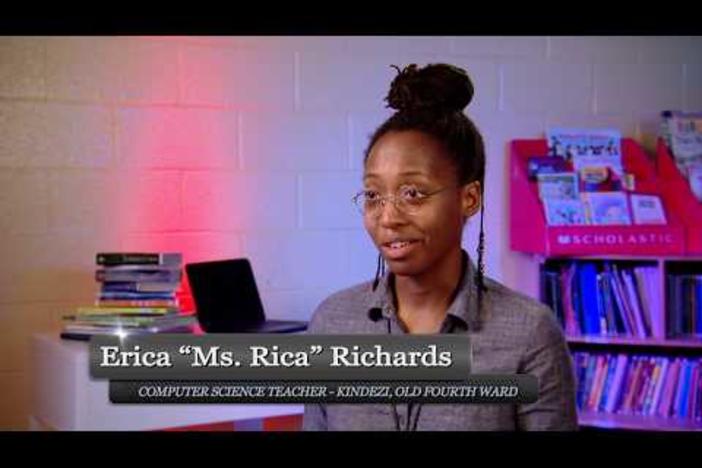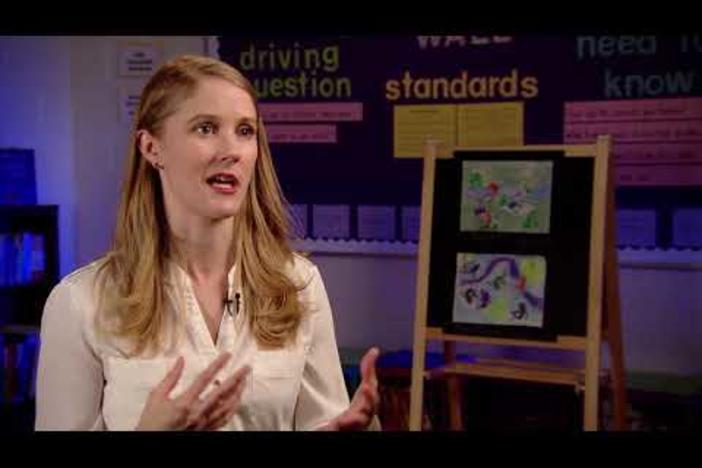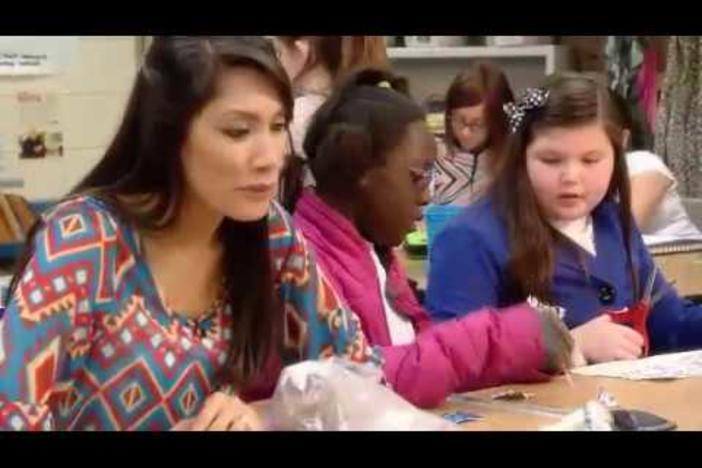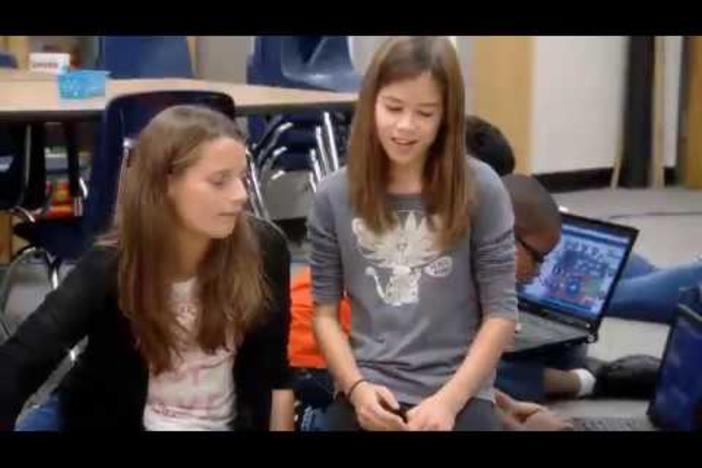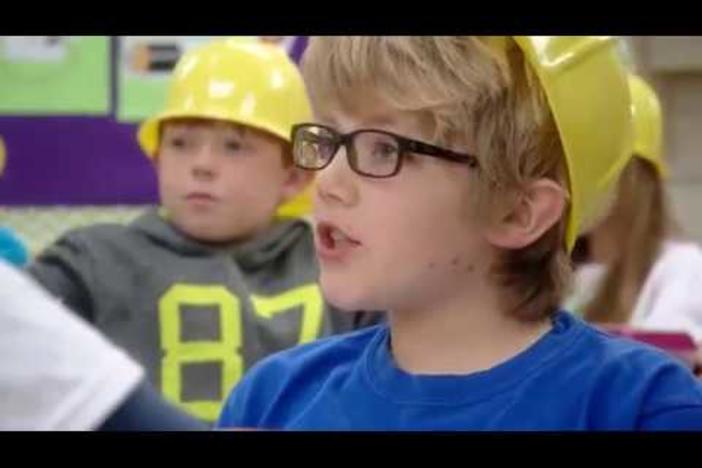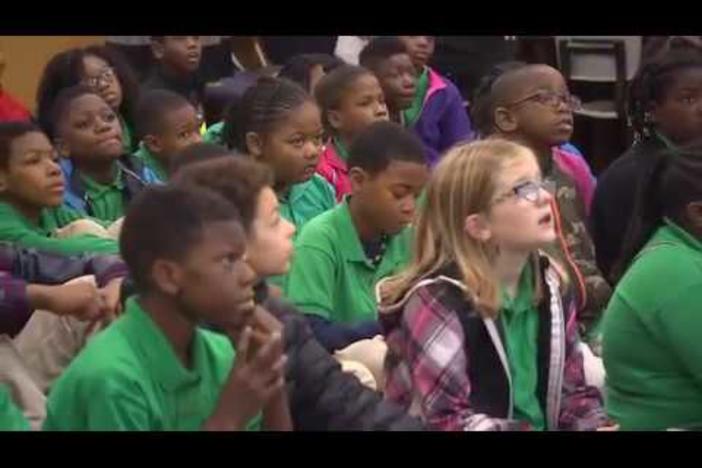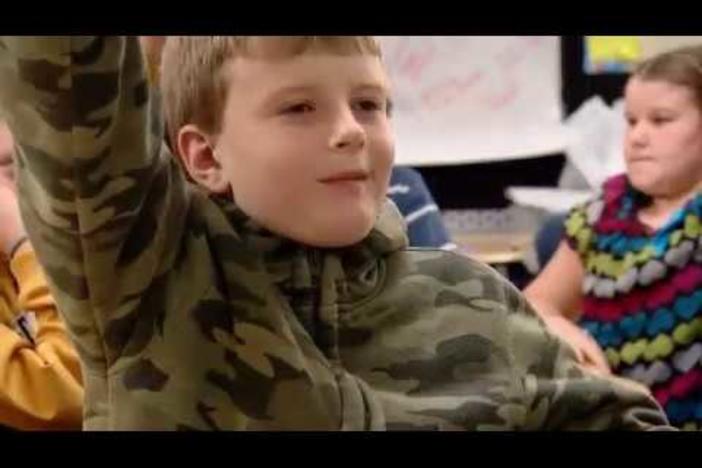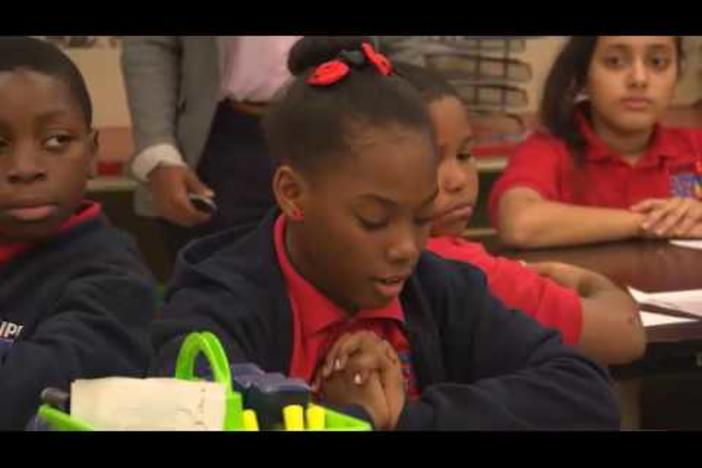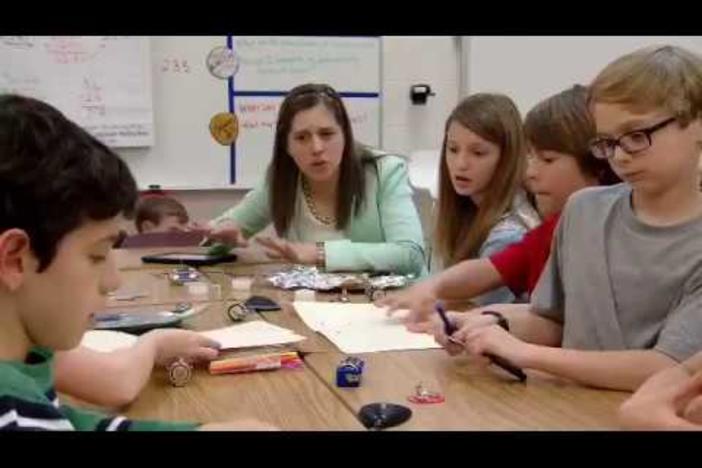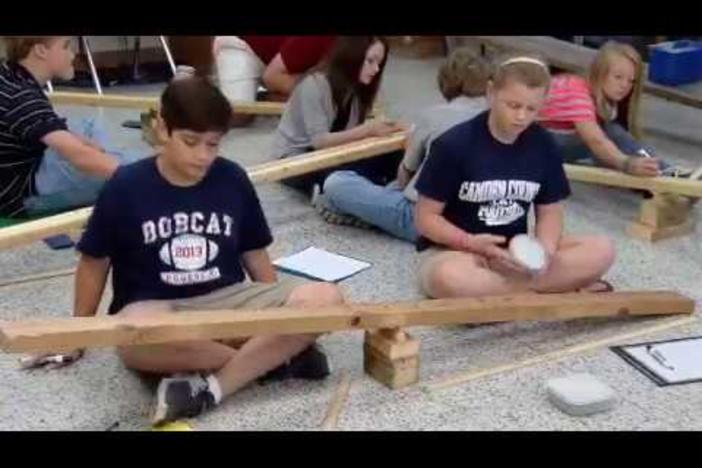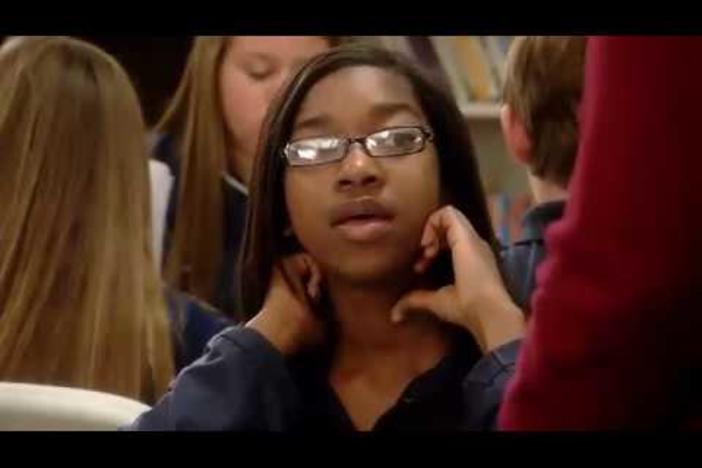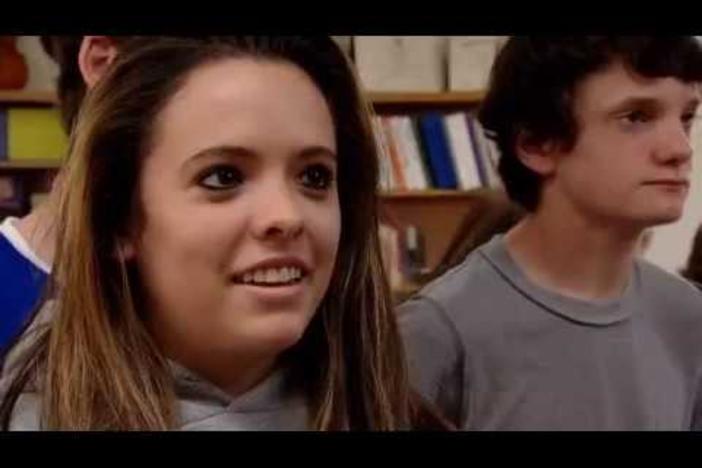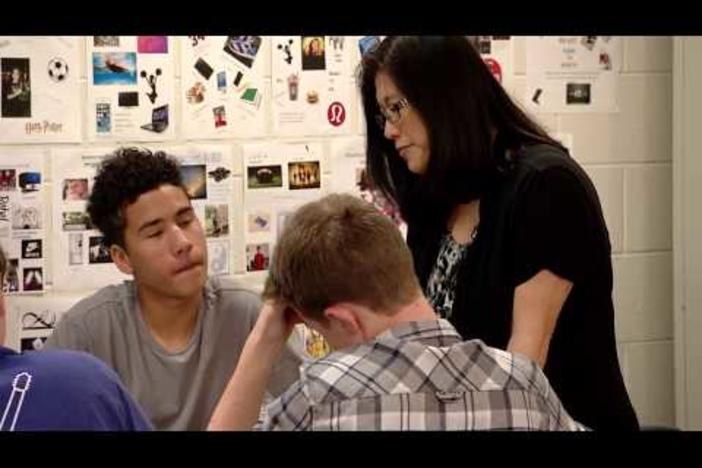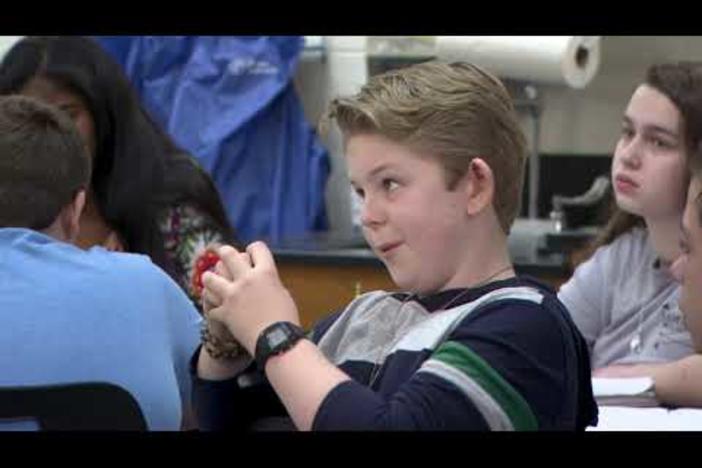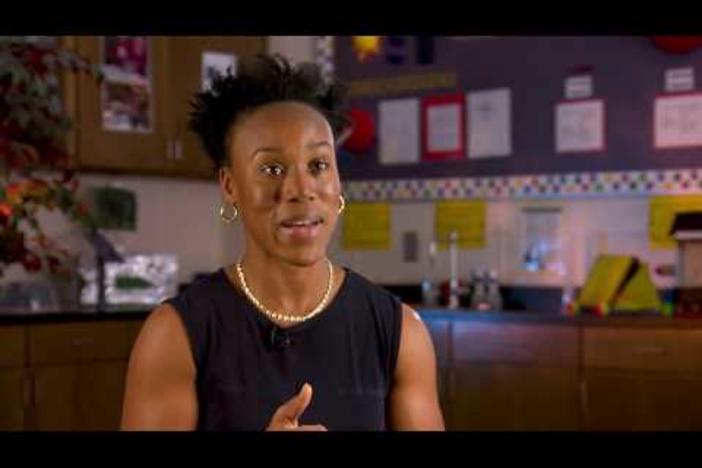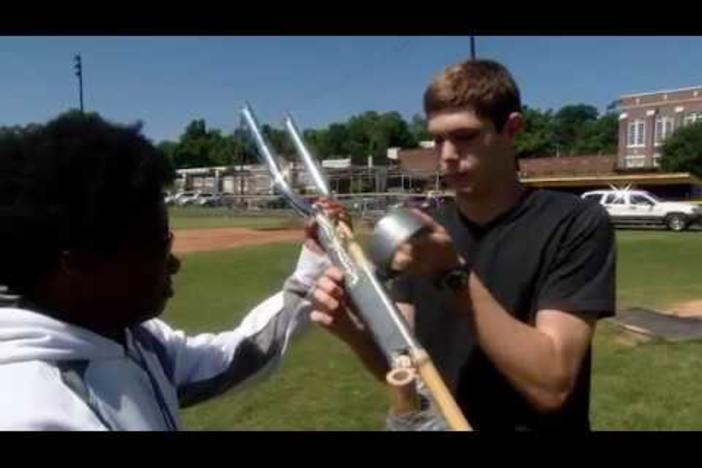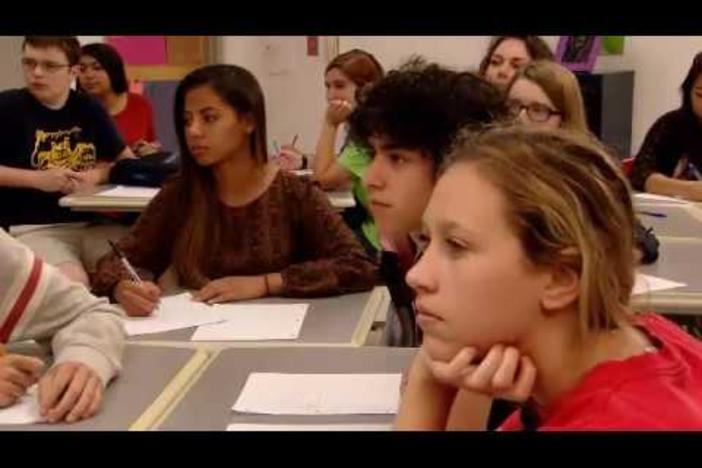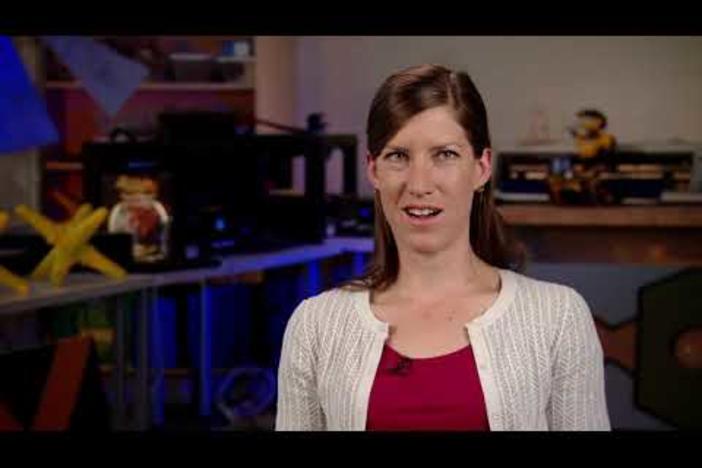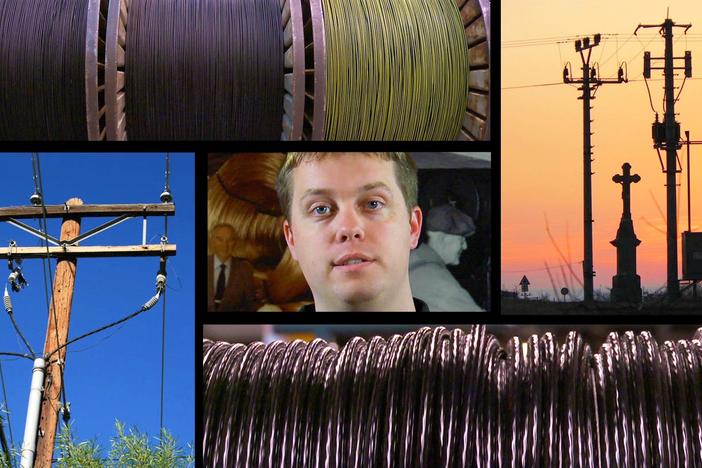Engineering a Kinetic Wind Sculpture
This 21-day integrated STEAM unit challenges students to apply their knowledge of kinetic energy to create wind power. Students collaborate to master art, engineering, geometry, and physics standards by designing and building wind turbines capable of lighting light-emitting diodes (LEDs). During the project, the class is divided into groups, where each is responsible for designing a specific part of a kinetic sculpture. The unit culminates with the class presenting their final design to a real-world client.
Engineering a Kinetic Wind Sculpture
This 21-day integrated STEAM unit challenges students to apply their knowledge of kinetic energy to create wind power. Students collaborate to master art, engineering, geometry, and physics standards by designing and building wind turbines capable of lighting light-emitting diodes (LEDs). During the project, the class is divided into groups, where each is responsible for designing a specific part of a kinetic sculpture. The unit culminates with the class presenting their final design to a real-world client.
English Arts
Initiate and participate effectively in a range of collaborative discussions (one-on-one, in groups, and teacher-led) with diverse partners on grades 9–10 topics, texts, and issues, building on others' ideas and expressing their own clearly and persuasively.
Fine Arts
Plan, prepare, and present works of art for exhibition in school, virtual environment, and/or portfolio presentation.
Mathematics
Verify experimentally the properties of dilations given by a center and a scale factor.
Given two figures, use the definition of similarity in terms of similarity transformations to decide if they are similar; explain, using similarity transformations, the meaning of similarity for triangles as the equality of all corresponding pairs of angles and the proportionality of all corresponding pairs of sides.
Use the properties of similarity transformations to establish the AA criterion for two triangles to be similar.
Understand that by similarity, side ratios in right triangles are properties of the angles in the triangle, leading to definitions of trigonometric ratios for acute angles.
Explain and use the relationship between the sine and cosine of complementary angles.
Use trigonometric ratios and the Pythagorean Theorem to solve right triangles in applied problems.
Understand that all circles are similar.
Identify and describe relationships among inscribed angles, radii, chords, tangents, and secants. Include the relationship between central, inscribed, and circumscribed angles; inscribed angles on a diameter are right angles; the radius of a circle is perpendicular to the tangent where the radius intersects the circle.
Construct the inscribed and circumscribed circles of a triangle, and prove properties of angles for a quadrilateral inscribed in a circle.
Construct a tangent line from a point outside a given circle to the circle.
Science
Obtain, evaluate, and communicate information about electrical and magnetic force interactions.
-
About the Teacher
Beth White
Charles R. Drew Charter SchoolIn 2013, Beth left her job as an engineer and entered the classroom. There are indelible markers of her previous professional life on every student project she develops – from building a tiny house to creating a windmill capable of lighting LEDs. After Beth received her degree in civil engineering from Colorado State University, she began working as an engineer in Atlanta. While serving as the Vice President of Outreach for the Society of Women Engineers – where she developed STEM experiences for children – she decided that teaching was the right setting for her. Beth received her master’s degree in teaching from Kennesaw State University in 2013.

